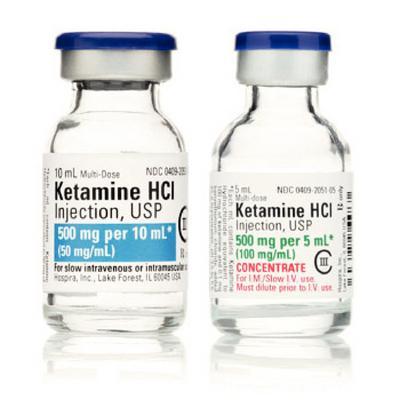Ways To Prevent Errors
Published (updated: ).
The best way to prevent errors is to understand that errors often result in a poor outcome or even death of the patient. Humans make mistakes by nature, however with the right amount of emphasis on the problem, errors can be reduced drastically.

Often times errors are made simply because the EMS crew are working in low light situations; which are easy to resolve with proper on scene lighting. Having clear directions, guidance, or protocols is another way to ensure that errors are minimized. The ambulance crew should endeavor to minimize interruptions by taking a leadership role when caring for a patient. Pilots often times work in similar conditions and demand that passengers give them a ‘sterile cockpit’. A ‘sterile cockpit’ results when all passengers and crew respect the pilot’s need for quiet in order to complete a task at hand.

Most medication errors can be prevented simply by reading the label on the medication. Medication orders are typically given in a weight (mg) and delivered in a volume (ml). AEMT’s and paramedics must possess drug dose calculation skills in order to safely administer medications. More medication or less medication is not always better.
One of the recommendations to reduce medication errors and harm is to use the “five rights”: the right patient, the right drug, the right dose, the right route, and the right time. When a medication error does occur during the administration of a medication, we are quick to blame the nurse and accuse her/him of not completing the five rights. The five rights should be accepted as a goal of the medication process not the “be all and end all” of medication safety.
